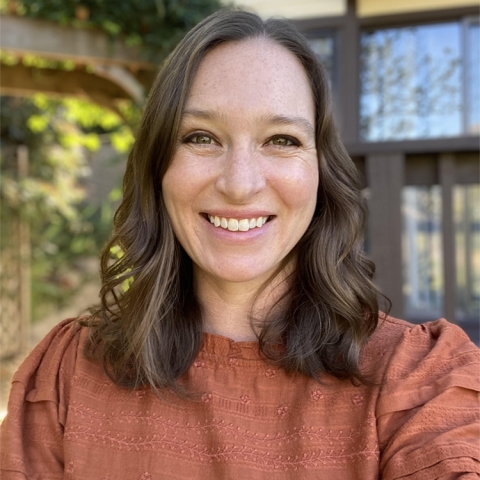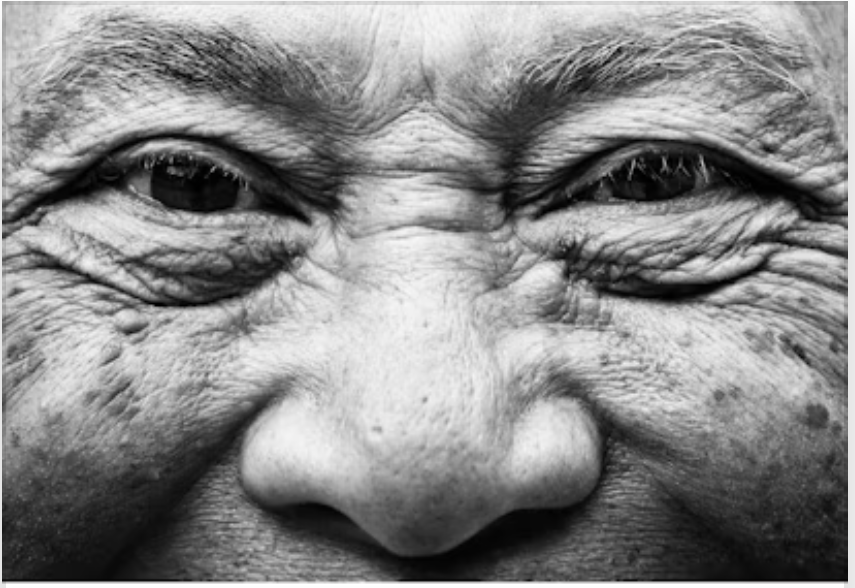
In a paradigm shift for autism, practitioners move beyond traditional demographics and toward adaptive environments
At the grocery store, a mother guides her child down the cereal aisle. Nearby, a man studies a list on his phone while a cashier rings up a customer’s order with precision. Amid these ordinary scenes, there is likely someone who is autistic. One in 36 people have a diagnosis of autism, a prevalence higher than many realize. Contributing to this gap in understanding are outdated perceptions and limited diagnostic frameworks.
“People often assume autism is something visible,” said Anna Krasno, clinical director of UC Santa Barbara’s Koegel Autism Center. “But for many, it’s a hidden diagnosis. Autistic individuals frequently mask their traits to conform to non-autistic social norms, which can be both mentally and physically exhausting.” This masking, Krasno noted, contributes to misunderstandings and misdiagnoses, particularly among women, people of color and gender-diverse individuals who do not fit traditional stereotypes of autism.
Historically, autism research and diagnostic tools have focused on white, cisgender boys under age five, Krasno said. As a result, countless individuals — particularly those from marginalized groups — have gone undiagnosed until adulthood or not at all.
“Autism is far more common than people realize, but it’s often hidden,” said Krasno, who calls for culturally informed approaches to educational and behavioral assessment. “You could be working with, living near or interacting with an autistic person every day without knowing it.” Her work highlights how embracing the neurodiversity paradigm, which views autism as a difference in brain wiring rather than a disorder to be fixed, is not only a clinical imperative but a societal one — a step toward fostering understanding and equity for all.
In a recent video for &Then speaker series, “Reframing Autism,” and an upcoming book chapter in “Culturally informed approaches to educational and behavioral assessment for youth,” published by Guilford Press — considered a leading publisher of evidence-based treatments for frequently encountered mental health problems — Krasno challenges misconceptions rooted in deficit-based perspectives, advocating for a fundamental shift in how autism is understood and addressed.
“In our clinic, we see people receiving their first autism diagnosis well into their 20s, 30s or even 60s,” she said. “Without understanding their experiences as part of their brain wiring, they’ve often struggled with depression, anxiety and a sense of being fundamentally broken.”
Krasno recalls one teenager who arrived at the Koegel Autism Center with multiple mental health diagnoses, including depression, anxiety and obsessive-compulsive disorder. “Her autism had been missed entirely,” she said. “Accurate diagnosis would have given her and her family the language to understand her needs and strengths, changing her trajectory.”
Krasno’s forthcoming book chapter emphasizes culturally informed, strength-based assessments that move beyond the medical model, which often frames autism in terms of deficits. She highlights the need for tools that consider the unique experiences of autistic individuals across diverse identities and intersections.
Traditional diagnostic tools like the widely used Autism Diagnostic Observation Schedule (ADOS), Krasno explained, are rooted in outdated notions of autism. These tools often fail to account for traits like masking or sensory sensitivities, particularly in verbal individuals or adults. “We’re advocating for a broader, more inclusive approach that includes self-report measures and considers cultural and gender diversity,” she said. Her co-authors on the chapter are Atlanta-based clinical psychometrist Julia Juechter and Kaylin Russell, a predoctoral intern in her fourth year of UCSB’s Counseling, Clinical & School Psychology program.
Beyond diagnosis, Krasno urges workplaces and institutions to adopt neurodiverse-affirming practices. Simple changes, such as offering noise-canceling headphones, providing clear communication and allowing flexible schedules, can make environments more inclusive for everyone.
Krasno’s advocacy underscores the importance of shifting societal perceptions of autism. “By reframing autism as a difference rather than a deficit, we can create a world that’s more inclusive and affirming,” she said. “This isn’t just about diagnostic accuracy. It’s about ensuring autistic individuals can thrive.




